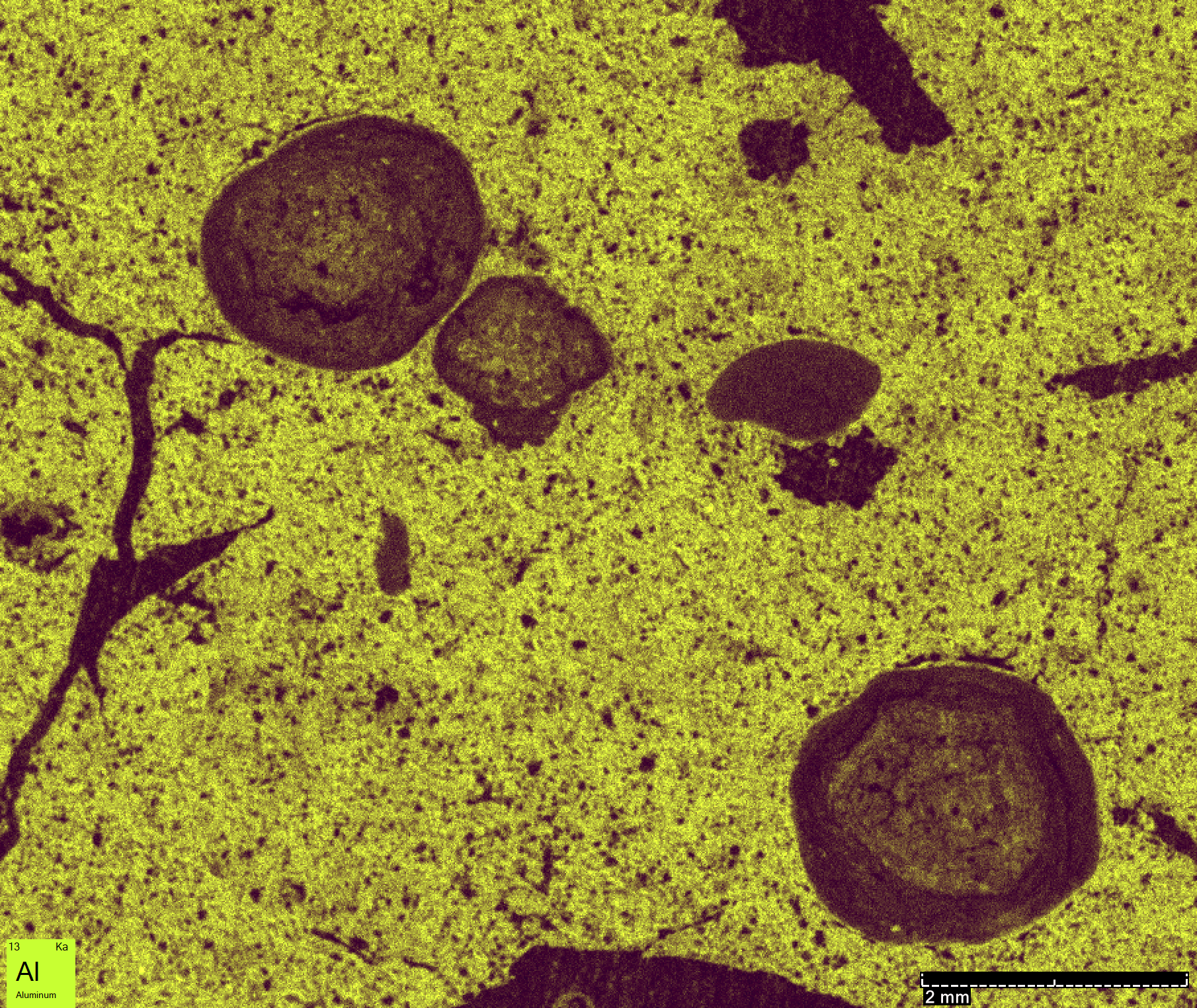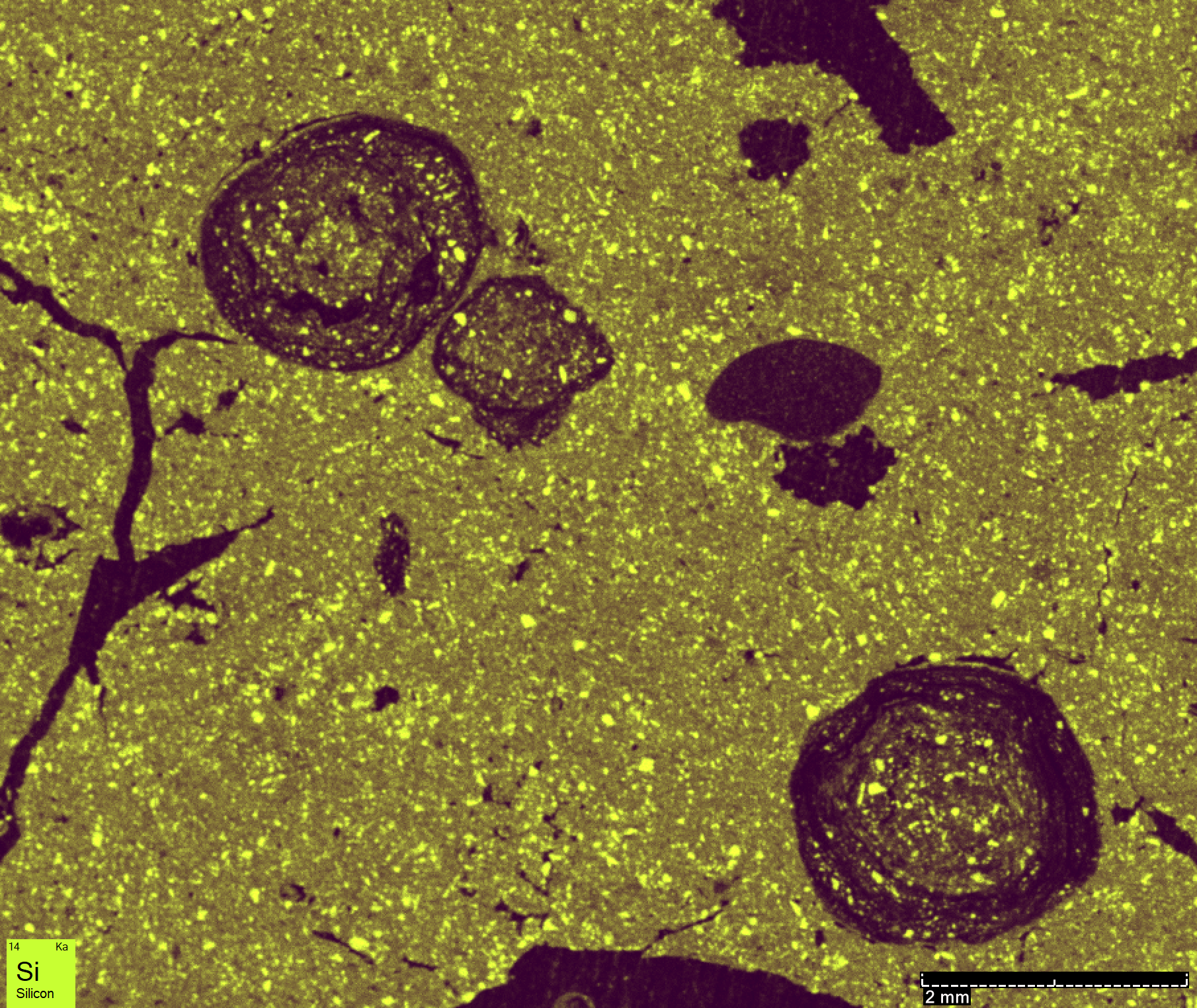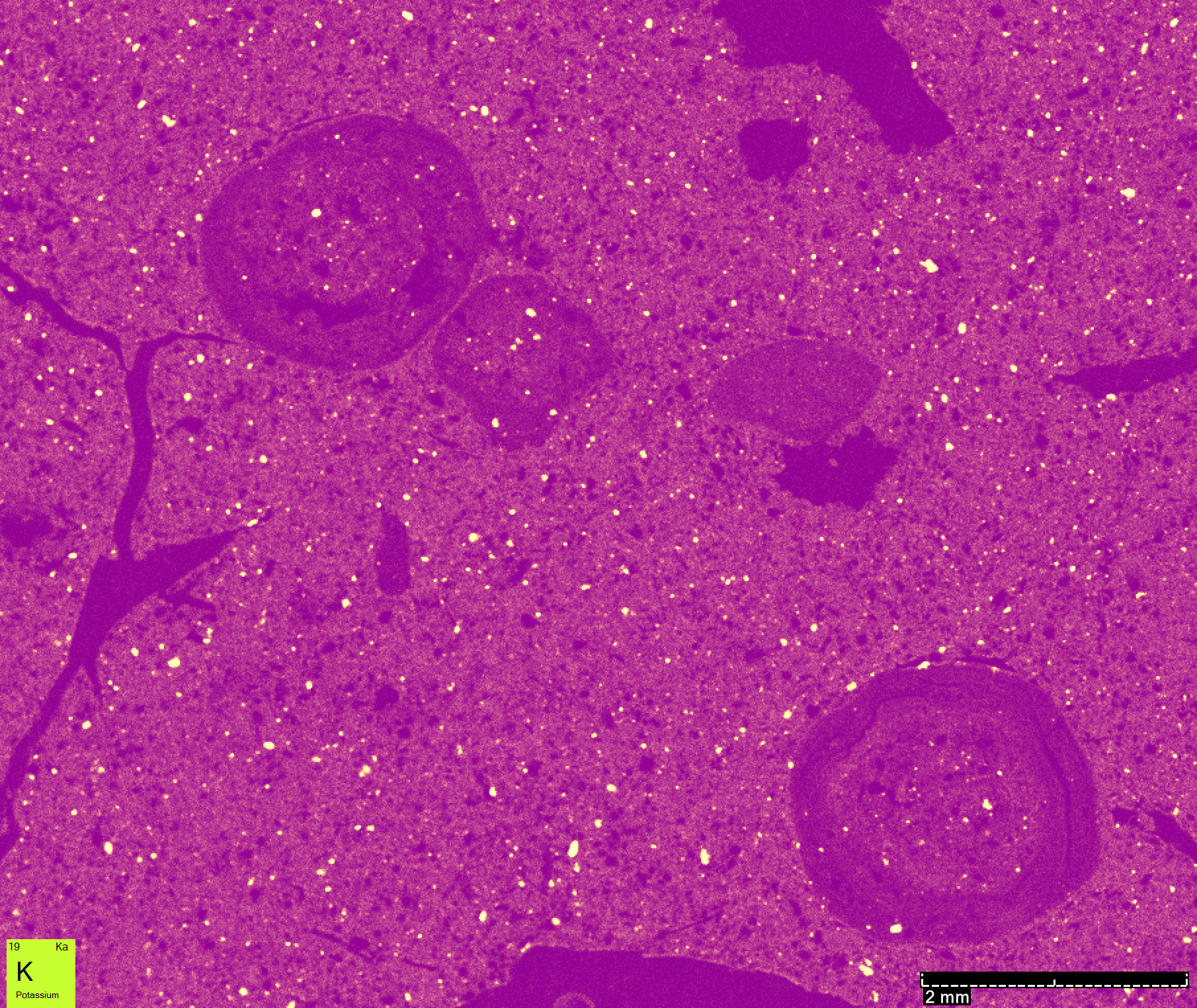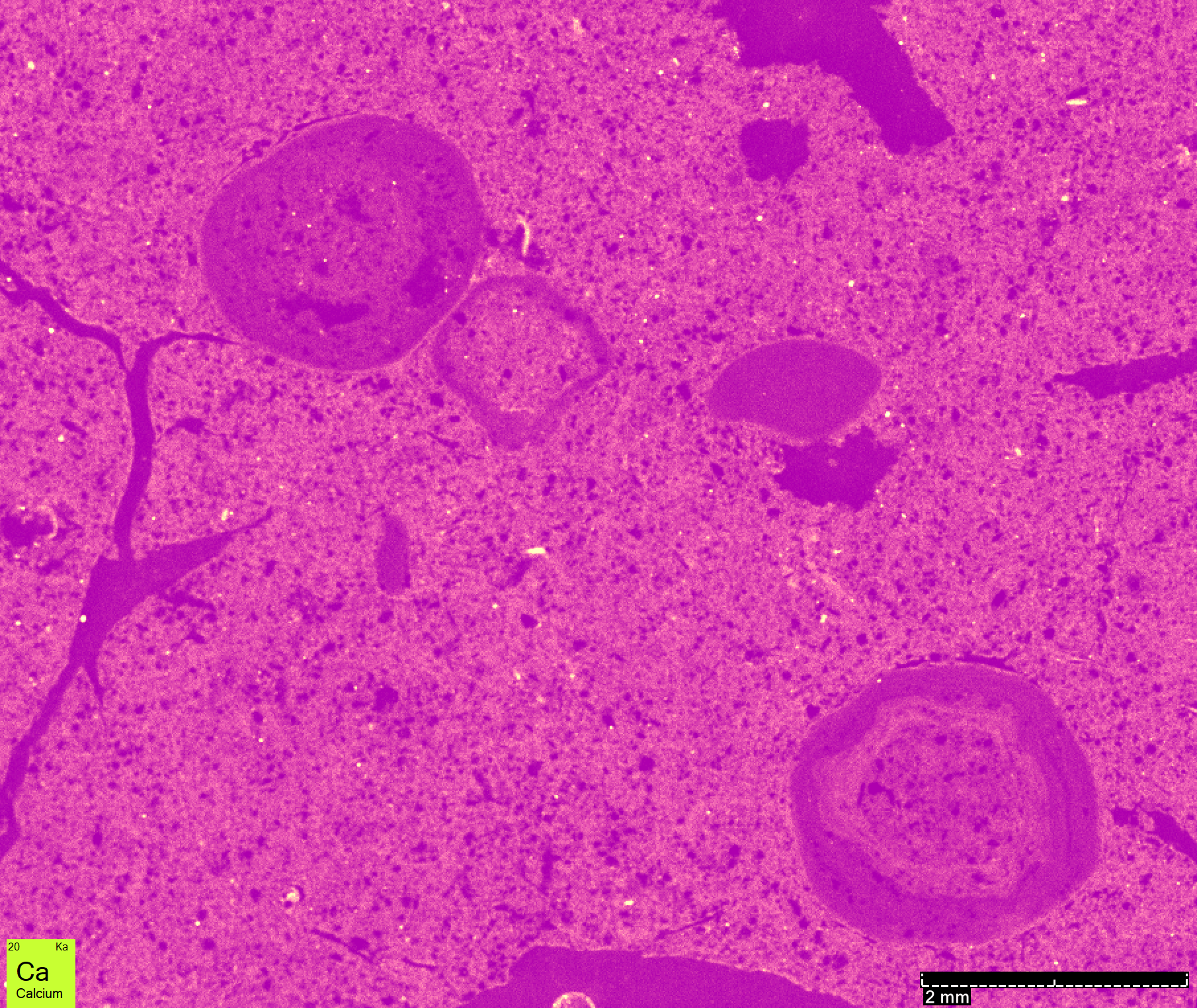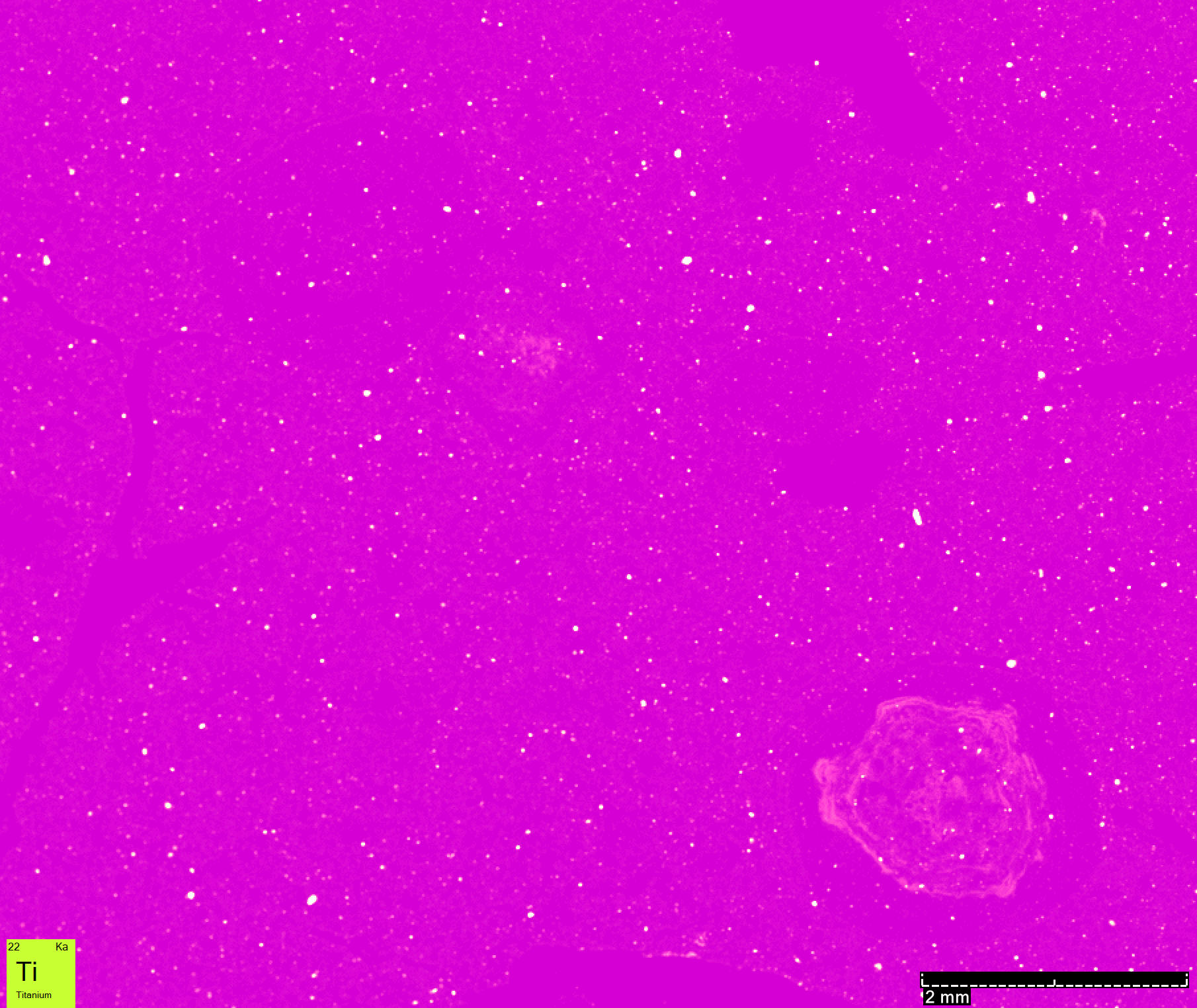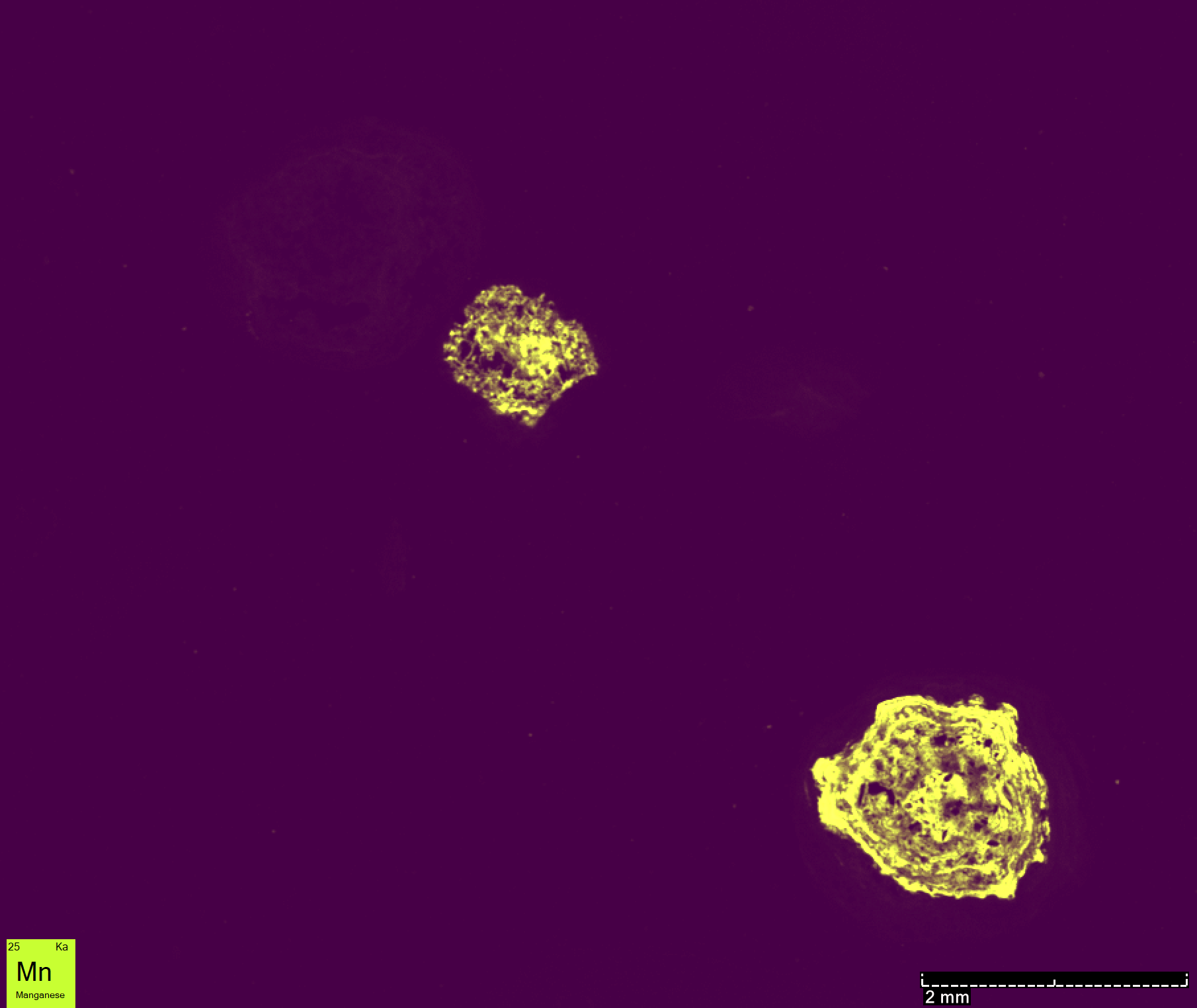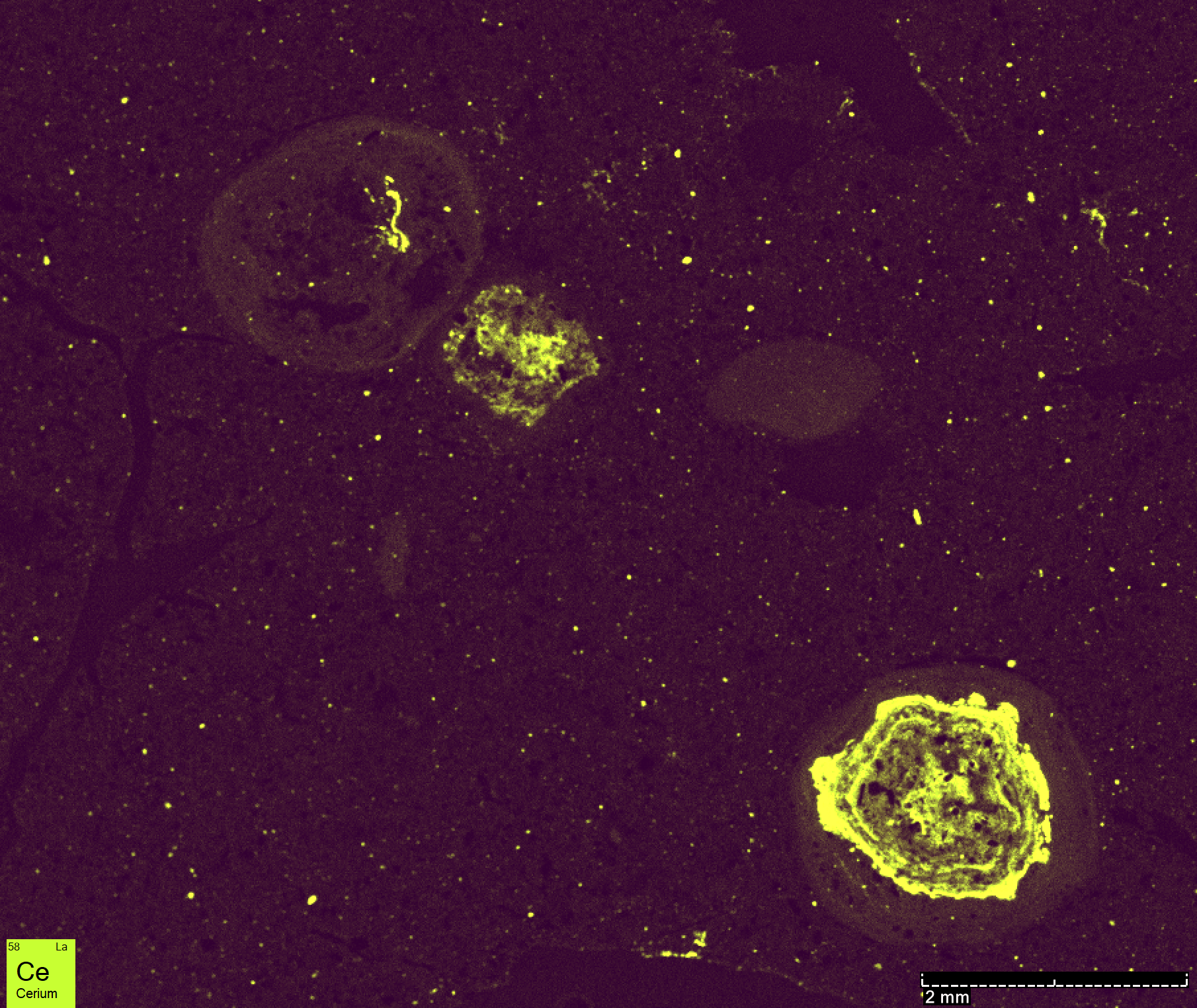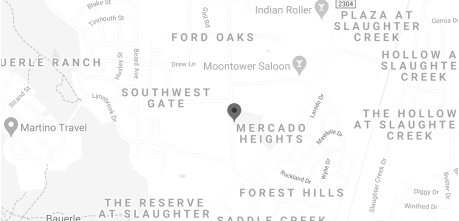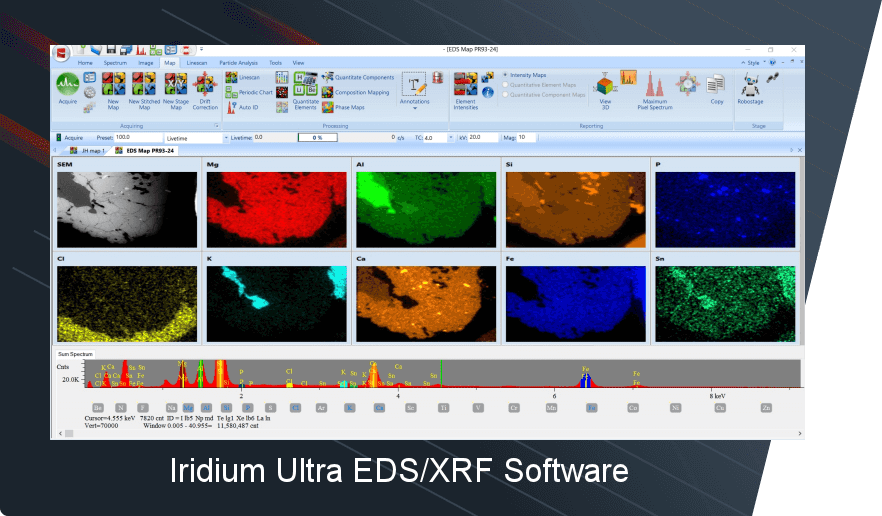Understanding the spatial distributions of critical minerals in aquic soils has become essential for geochemical and environmental research. Micro X-ray fluorescence (microXRF) is revolutionizing this field by providing unparalleled insights into the intricate arrangements of elements within soil matrices. At IXRF Systems, we are proud to highlight how our Atlas X microXRF system is empowering researchers from the University of Memphis to decode the complexities of aquic soils, as showcased in a recent study by Herold, J.I., Leschhorn, C., Richards, D., and Stinchcomb, G.E.
Investigating Mn-Fe Nodules in Aquic Soils
One of the standout features of aquic soils is the presence of Mn-Fe nodules, which serve as vital indicators of environmental redox processes and mineral dynamics. The research team employed the Atlas X microXRF system, which has an impressive 5-μm spot size, to map the elemental distributions within these nodules. This precision allowed the generation of high-resolution XRF maps, which vividly represent the spatial heterogeneity of manganese, iron, cerium, and other critical elements within the nodules.
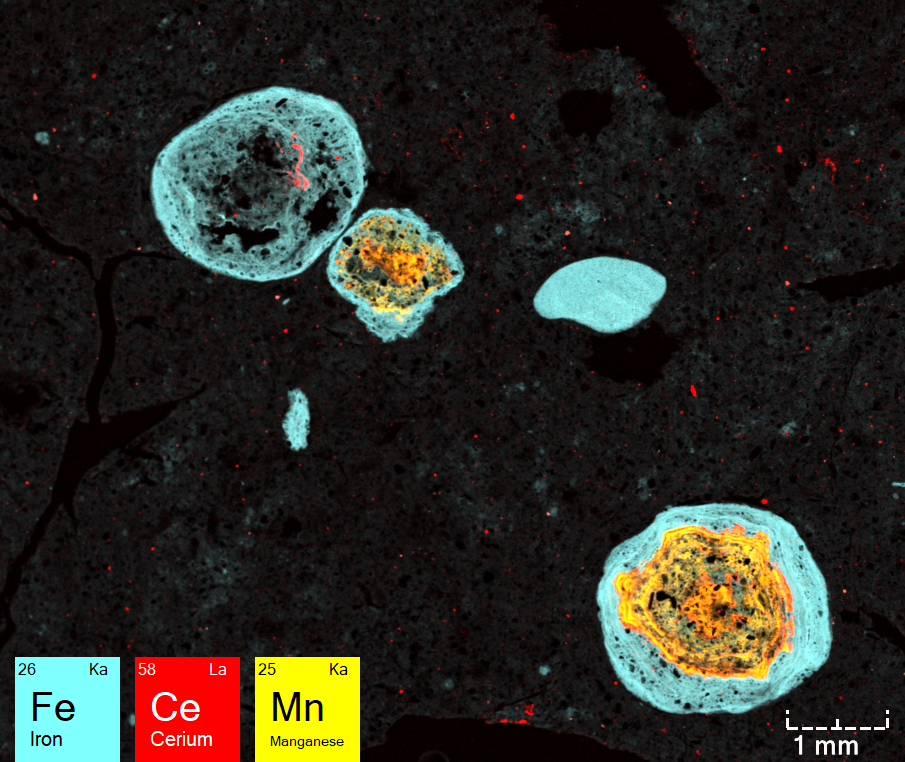
Figure 1. A high-resolution false-color 2D elemental overlay map of a ferromanganese nodule, illustrating the spatial distribution and interaction of Mn, Fe, and Ce. This visualization highlights the redox-driven mineral heterogeneity within the nodule.
These nodules, often microscale witnesses to environmental history, can reveal information about soil formation, nutrient cycling, and the availability of critical minerals necessary for agriculture and technology. Through the detailed XRF maps produced, researchers identified unique patterns that could correlate with geochemical processes occurring over millennia.
MicroXRF: A Game-Changer for Soil Analysis
The Atlas X microXRF system stands out in its ability to analyze soils and related materials non-destructively. With a spatial resolution of less than 5 μm and the capability to detect elements from carbon to uranium, this instrument is designed for high-impact research. For aquic soils, where the spatial distribution of elements is critical to understanding redox dynamics, the Atlas X enables precise elemental mapping that empowers researchers to focus on interpretation and actionable insights.
Figure 2. Individual high-resolution 2D elemental intensity maps of a ferromanganese nodule, illustrating the spatial distribution and interaction of Al, Si, K, Ca, Ti, Mn, Fe, and Ce.
Insights for Environmental and Geochemical Research
The XRF maps generated during this study provided a clear visualization of elemental hotspots within Mn-Fe nodules. These insights could potentially aid in:
- Assessing soil fertility: Mapping the availability and concentration of trace elements critical for plant growth.
- Understanding redox dynamics: Through the spatial patterns of manganese and iron distributions.
- Guiding mineral exploration: Identifying the potential presence of economically important critical minerals.
Showcasing Research at GSA Southeastern Sectional Meeting
We are excited to announce that this groundbreaking research will be presented at the Geological Society of America’s Southeastern Sectional Meeting, held in Harrisonburg, VA, from March 19-21, 2025. The poster will detail the study’s methodologies, findings, and implications, supported by the XRF maps collected on the Atlas X microXRF.
IXRF Systems: Partnering with Innovators
IXRF Systems is committed to advancing scientific discovery by delivering cutting-edge analytical solutions. The Atlas X microXRF system is just one example of our dedication to empowering researchers across disciplines. Contact us today to explore how microXRF can enhance your research on aquic soils or other complex materials.
Stay tuned for more updates from the GSA meeting, where the future of soil science and mineral exploration will take center stage!

